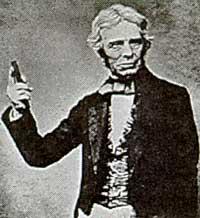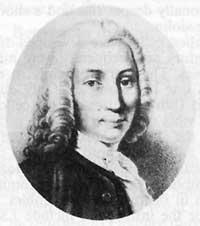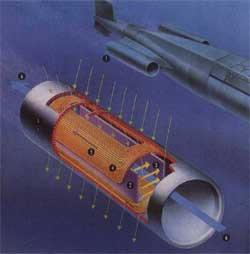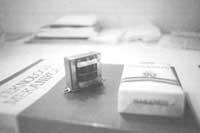Faraday, Michael
1995/08/02 Azkune Mendia, Iñaki - Elhuyar Fundazioa | Kaltzada, Pili - Elhuyar Zientziaren Komunikazioa
(1791-1867)
English physicist and chemist born in Newington, Surrey, in 1791. Being his poor family and ten brothers, he had to work with a bookbinder.
In his profession he was aware not only of the surface of books, but also of their inner essence. His boss also provided assistance to scientific conferences.
In 1812 Faraday had the opportunity to attend a lecture by Humphry Davy, where he gathered his ears to a report full of diagrams and colorful notes. He sent the report to the president of the "Royal Society", Banks, and to Davy himself, at the same time requesting his collaboration.

Humphry Davy called him in 1813 and then Faraday was his assistant earning less money than before. Davy traveled quickly through Europe with his wife and helper. This trip allowed Faraday to see Napoleon away, among other things, and suffer the contempt of Davy's wife.
Faraday tried to persevere in Davy's laboratory and corrected some errors when his teacher was designing a safety lamp for meagizons. In 1825 he was appointed laboratory director and chemistry professor at the Royal Institution in 1833, but had already made important discoveries. In 1823 he invented the gas pressure liquefaction system and was the first to reach the negative (below zero) temperatures of the Fahrenheit scale.
In 1825 Faraday discovered benzene and later completed Davy's electrochemical studies as well as electrolysis. Electrolysis separates metals by passing electric current through cast materials (electrolytes). The laws of electrolysis were published in 1832.
He was also in charge of the Oersted trial. The electric current diverted the compass, but the electric current of the battery from a new circuit invented by Faraday and a fixed magnet twisted a wire.
He tested the generation of electric current from magnetic forces. By placing two coils around an iron core, it connected the battery current to one. In this way, that circuit generated a magnetic field in the core and when opening and closing the circuit, in the second coil the electric current was inducted. Therefore, the first transformer was built.
Faraday invented the magnetic field force line representation system and gave details of his theory in numerous lectures. It was not left without further testing. He rotated a copper wheel between the poles of a permanent magnet and the electric current was inducted during the turn. In 1831 the first electric generator was invented. From there, electricity could be generated easily and economically.
Faraday was very religious, belonging to the sect "Sandemanians". In his rules the follies of this world escaped, so Faraday did not appreciate the honors they gave him and the medals they gave him. He only considered his membership in the "Royal Society".
He died on 25 August 1867 at Hampton Court (London) and was buried under a simple slab.

Gai honi buruzko eduki gehiago
Elhuyarrek garatutako teknologia





